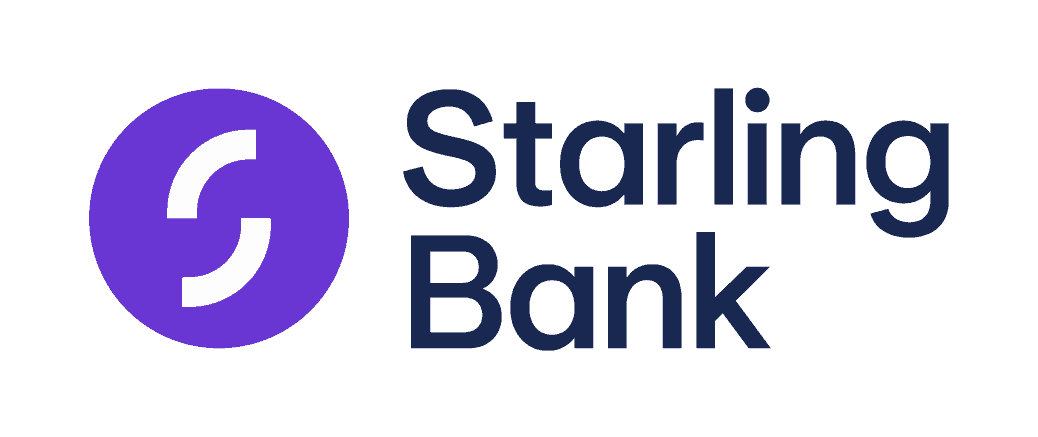High street banks have gone through a lot in the past 12 years, and they don’t carry a lot of sympathy. Bricks and mortar branches have been decimated, with opening hours of those surviving cut in half. Interest rates have seen little reparation since the crash, with customer trust levels faring no better. In the court of public opinion, central banking is public enemy number 1 (or maybe a close number 2 after politicians).
Into this broken market came a new breed of challengers. Online-only banking solutions like First Direct and Monzo in the personal banking space and Starling and Tide in the business space have heralded a new era of personal finance. As with many aspects of our lives, managing our personal finances through an app is the new normal.
Starling was established in 2014, closely followed by Tide in 2015, but tectonic shifts in the global economy, job markets and working trends have triggered an explosion in popularity. The rival apps have emerged as the big two for this new breed of bank, providing everything you’d get on the high street – including current, business and joint accounts, sort codes, cards, and statements – just without the physical branches behind the system.
Locked in stiff competition, the two are neck and neck in many categories, summed up in the table below. But with fintech software, it’s never so clean cut as facts and figures. Read on for a full evaluation of Tide or Starling, and which will work best for your business.
Features And Functions: Comparison Between Tide And Starling
 |
 |
|
| Platform | App + browser | App + browser |
| Customer service | Chat, email, phone | Chat, email, phone |
| Invoicing function | Yes | Yes |
| FSCS certified | No | Yes |
| Monthly fees | None | None |
| Transfer fee | 20p | None |
| Withdrawal fee | £1 ATM withdrawals | None |
| Deposit fee | For cash only – £1 | For cash only – from £3 at the post office |
| Overseas spending fee | None | None |
| Sign up to Tide | Sign up to Starling Bank |
The Big Difference Between Tide And Starling
Similarities covered, it’s important to understand the main difference between the two. Starling is a bank. It operates just like Lloyds, Halifax or HSBC (although many would argue more ethically). They will lend to and invest with third-party organisations and that’s how they make their profit (hence the £0 transfer fees).
Tide is a banking facility. It does not lend money to third parties (this is why it doesn’t have FSCS protection – it’s only required for lending banks). It makes its money through the transfer fees you pay as a customer. Your money is still protected, but by the FCA, which regulates Tide’s e-money provider, PrePay Solutions.
Tide vs. Starling: A Closer Look At Tide
At first glance, the Tide app is attractive, clean, and simple to use. Like Starling, it’s adapted for both mobile and desktop, meaning you can still carry out transactions and executions if you lose battery (or worse, your whole phone). Both Tide and Starling allow you to make cash deposits via the Post Office. Neither platform offers business loans, but with Tide, you can access overdrafts and a loan up to £150,000 via their partner Iwoca.
What really stands out with Tide stand is its insightful consideration of small business owners. You can link your Tide account up to a till system, implement automatic cashing-up, and even provide employees with their own set-limit spending cards. Tide’s cheaper deposit fees (£1 to Starling’s £3) will no doubt appeal to small businesses that deal with a lot of cash (street vendors, artists, and contractors, for instance).
1 Year FREE Transfers With Tide
We have partnered up with Tide to offer 1 Year Free Transfers to our readers who sign up and open an account by using this link or enter code “INKMATTIC” when signing up.
The Pros And Cons of Tide
Tide vs. Starling: A Closer Look At Starling
The first thing you’re likely to notice about Starling is the beautiful branding, interface, and UX design. No expense has been spared here, and in terms of CSR, they’re outspoken about their refusal to partner with organisations that ‘use excessive power’ to promote bad behaviour or make profit via harmful activity (e.g. cigarette companies). They’re branchless and practically paperless, resulting in a tiny carbon footprint. And they’re not affiliated with any politicians, parties or campaign groups – ever. This kind of conscientious approach will be a huge selling point for younger generations – more important even than fees.
The Goals section is a plus point – a visually appealing way to filter money into “pots” which could be anything from a party fund to employee bonuses. The best thing about these pots is that you have to transfer funds back into your main account before being able to spend them, creating a hurdle to dipping into your savings.
A major win against Tide is the lack of transfer fees, but Starling charge 3x more for cash deposits (£3 for amounts under £13000, and 0.3% for amounts thereafter). Therefore, Starling will suit those conducting the vast majority of business through digital payments.
The Pros And Cons of Starling
In conclusion…
Tide rates very highly on customer service and availability; Starling has a strong brand and attractive interface. With the two coming so close across so many factors, the great equalizer will be how revenue comes into your business.
If you’re contactless-only, you can take advantage of Starling’s free transfers without having to worry about its higher cash deposit fees. If you handle a lot of cash and don’t do much transferring, Tide will likely appeal due to its cash deposit fees being 66% cheaper.
That said, if the only thing stopping you opening a Tide account is the transfer fees, take this code to enjoy a year free. All you need to do is enter the code INKMATTIC when you sign up.
1 Year FREE Transfers With Tide
We have partnered up with Tide to offer 1 Year Free Transfers to our readers who sign up and open an account by using this link or enter code “INKMATTIC” when signing up.
